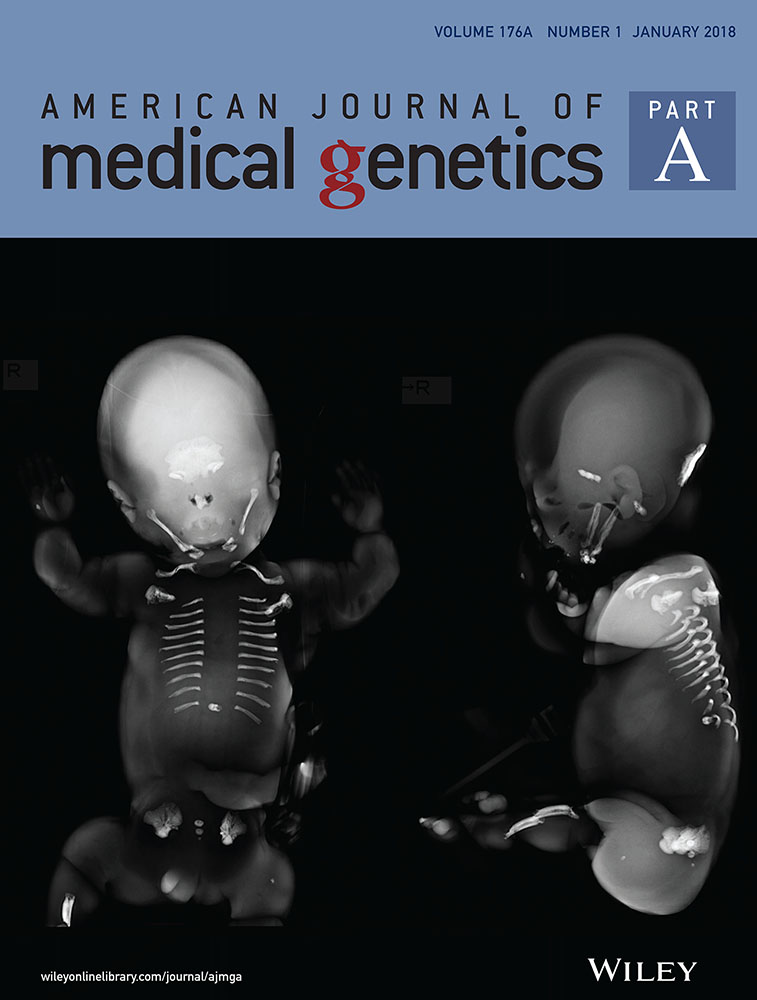Testing scenario for intellectual disability, developmental delay, and autism challenged
Researchers urge retiring FMR1 assay for fragile X syndrome as first-tier test
Some geneticists question the recommended tests for diagnosing genetic causes of intellectual disability (ID), developmental delay (DD), and autism spectrum disorder (ASD).
Current guidelines from the American College of Medical Genetics and Genomics (ACMG) and the American Academy of Pediatrics (AAP) suggest that children with ID, DD, and ASD receive FMR1 testing for fragile X syndrome (FXS) to determine repeats of the trinucleotide sequence CGG, plus chromosomal microarray (CMA) as first-line tests.
However, 2 significant letters received by Genetics in Medicine suggest retiring routine FXS testing for ID, DD, and ASD because of low diagnostic yields. The first letter, sent by geneticists at the University of California-Los Angeles (UCLA), University of California-Davis, and University of Washington points to unpublished research that shows a 0% yield for FXS testing at UCLA (Mullegama et al, 2017). The second letter points to a larger unpublished study at Children's Hospital of Eastern Ontario (CHEO) in Ottawa, Canada, that also found a low yield (Hartley et al, 2017).
Both letters were written in response to published research at Children's National Medical Center in Washington, D.C., that found the yield for FXS testing for males with ID was 2.5% and 0% for boys with ASD (Weinstein et al, 2017). FXS testing “should be retired as a first-tier test but remain part of the differential, particularly when well-defined features (physical and behavioral characteristics) and/or family history suggestive of fragile X syndrome are present,” says the letter concerning the low yield shown in UCLA testing results.

The Studies
The Children's National Medical Center study concludes that FXS testing as a first-tier test may not be necessary unless other criteria suggest the disorder. The analysis on 210 males with ID, learning disability (LD), or ASD who had CMA or FMR1 assays found that CMA detected abnormalities in 29% of males with ID/LD and 9% of males with ASD. In 80 males with ID/LD, just 2, or 2.5%, tested positive for FXS. Both patients had dysmorphic features and maternal family history. No males with ASD had positive FXS test results.
The UCLA study involved a retrospective analysis of 654 males who received testing between January 2002 and March 2017. The researchers excluded males tested for ataxia with no ID, DD, or autism. The FXS testing yield was 0%. The letter does note that males with classic symptoms or family history could have been excluded from the cohort by early diagnosis. It also points to studies from academic and commercial labs that have reported diagnostic yield of whole-exome sequencing (WES) for ID, DD, and ASD at 10% to 41%. The authors of the letter propose that genome-wide tests, including WES, become recommended first-tier tests.
The CHEO study involved analysis of laboratory and clinical information for all 1,177 children referred for FXS testing between 2010 and 2015. This information included referral reason, age, sex, and number of CGG repeats. Although the number of children with full mutations remained constant at between 0 and 4 diagnoses per year, the overall diagnostic yield decreased over time. The highest yield was 2.4% in 2011. The overall yield during the entire study period was 0.009% among a total of 1,177 children.
Increased screening does not result in increased diagnosis, the CHEO authors suggest, and they note that current guidelines are based on studies conducted during an era of limited testing options and fewer known genetic causes of ID. Today, with more than 1,000 known genes related to ID, genome-wide tests are more appealing tests than FMR1, the letter adds.
More than 10 years ago, FXS testing was considered high-yield, says Julian A. Martinez-Agosto, MD, PhD, Associate Professor of Pediatrics and Human Genetics at UCLA and corresponding author of the letter concerning the study at the university. Studies informing current guidelines may have selected for classic symptoms of FXS or family history, which would make test yield higher than what most clinics observe. Increased uptake of American College of Obstetricians and Gynecologists- and ACMG-recommended premutation carrier screening and prenatal screening, in conjunction with termination of FXS-affected pregnancies, might drive the observed yield, he adds.
Reaction
The study institutions’ relative proximity to dedicated FXS clinics may also contribute to low diagnostic yield, says Randi Hagerman, MD, Medical Director of the University of California (UC), Davis MIND Institute and Distinguished Professor and Endowed Chair in Fragile X Research in the Department of Pediatrics at the UC Davis School of Medicine in Sacramento. “It's too premature to say don't do [routine FXS] testing based on figures from clinics that don't have fragile X centers,” Dr. Hagerman maintains. She points out that obstetricians often refer women with family history of FXS, early ovarian failure, or fertility problems to these centers.
Moreover, incidence of FXS varies between countries and regions of the United States. Dr. Hagerman points to a 2012 review article noting that prevalence estimates from U.S. studies range from 1 in 3,717 to 1 in 5,161 (Peprah, 2012).
Although the authors of letters about the UCLA and CHEO studies propose consideration of CMA and WES as first-tier tests for ID, DD, and autism, an author of ACMG 2013 guidelines on FXS testing believes it is premature to recommend routine WES. “We need more data about exome sequencing's ability to identify individuals with FXS,” says Elaine Spector, PhD, Director of the Molecular Genetics Laboratory at Children's Hospital Colorado in Denver in Aurora.
Dr. Spector and other guideline authors point out that next-generation sequencing technologies such as WES may not identify children with FXS because triplet repeat expansions like CGG are difficult to find with the shortread alignment involved in determining sequences’ locations on the genome. Currently, most molecular genetics laboratories cannot run and analyze WES assays, they add. FXS testing is cheaper and faster than WES, which is too complex for most labs, adds Dr. Hagerman. She points out that insurers readily cover the recommended FXS tests but not WES.
For now, Dr. Martinez-Agosto recommends following standard of care as established by ACMG guidelines. However, he suggests that geneticists track new data on WES and FXS testing yield. “Keep yourself updated on the rapidly changing field of genetic testing,” he advises.




